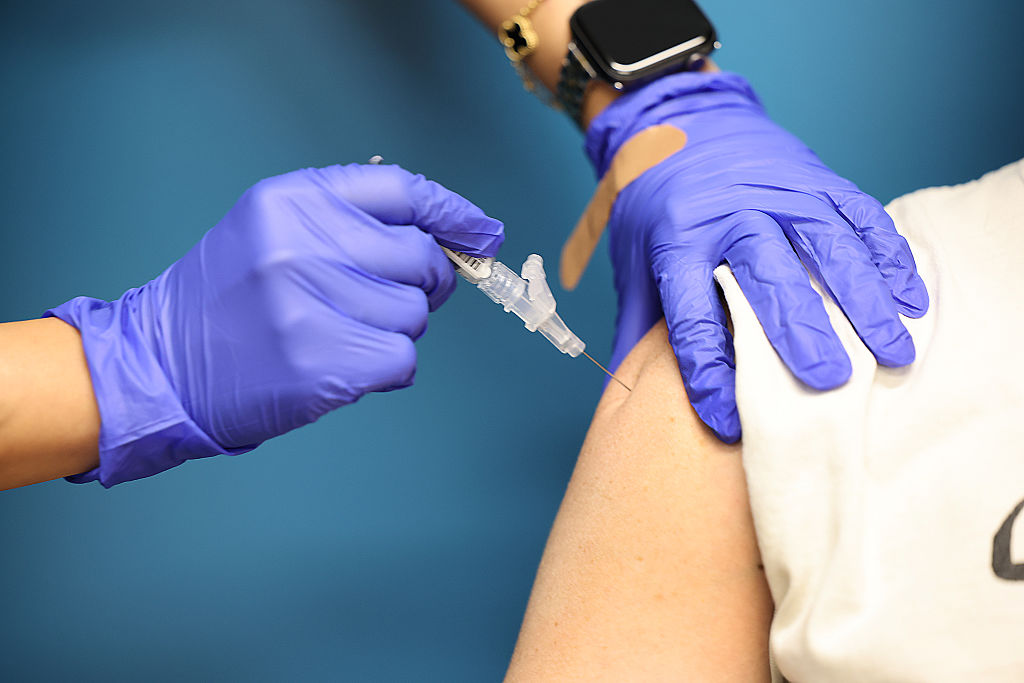Among its many painful lessons, the COVID-19 pandemic taught us that America’s defenses against a devastating health crisis were far weaker than most had reason to expect. More than 1.2 million Americans lost their lives to COVID, the most of any country. It’s puzzling and frightening to watch the Trump Administration dismantle initiatives aimed at keeping us safe from another pandemic.
[time-brightcove not-tgx=”true”]
And let’s not kid ourselves; another pandemic is evolutionarily inevitable. We can’t say when it will strike or if it will be worse than COVID. (Deadly as it was, COVID proved to be far less fatal than others we’ve seen recently, like Ebola, Marburg, MERS and SARS.) But research has projected that there is about a 50 percent chance another COVID-like magnitude of a pandemic (>25 million global deaths) will hit us in the next 20 to 25 years.
These are not good odds, especially for something as life-and-death in scope as a pandemic. But, according to one expert analysis, U.S. funding for global health will decline by a staggering 67 percent this year alone, or more than $9 billion.
That’s a potentially seismic change when you consider that, far more than any country in the world, the U.S. has been the biggest financial contributor to global health and has had a central role in creating and implementing just about every consequential global health initiative since the end of World War II.
The U.S. has long helped lower- and middle-income countries build and sustain health systems that monitor newly emerging infectious diseases and snuff them out. In addition to funding, U.S. government expertise—much of it lost in the dissolution of USAID and the reductions in staff at the CDC—provided a valuable strategic and coordinating role that made global health programs successful. National Institutes of Health funding, now facing deep cuts, has supported research in other parts of the world that led to new, life-saving interventions.
These programs save lives and improve the health of millions of people around the world, something that most Americans across the ideological spectrum say they’re proud of and want the government to continue. And the billions of dollars the U.S. annually spends on preventing a pandemic is a bargain compared to the tens of trillions it will cost in economic losses and expenses to extinguish a full-blown crisis. Public health programs keep Americans safe by extinguishing or isolating health threats before they ever come to our shores.
That’s the mission, for example, of the Global Health Center at the U.S. Centers for Disease Control. For years, the GHC has had a presence in more than 60 countries (many of them low and middle income countries), leading efforts to combat diseases like polio, measles, HIV, tuberculosis, and neglected tropical diseases. It has helped those countries build stronger health systems and train experts to monitor, identify, and respond to disease outbreaks. And it coordinates with many other countries to respond to potential crises before they sweep across the globe.
In spite of this, The White House, in its funding request to Congress for Fiscal Year 2026, has called for the elimination of the Global Health Center, among other steep reductions in funding for essential U.S. global health efforts. This is on top of a decision to withdraw and stop funding from the World Health Organization, which also provides coordination and technical assistance for global health efforts.
All this is a part of a broader plan to reorganize federal public health agencies, which Health Secretary Robert F. Kennedy Jr. ironically calls the “Make America Healthy Again” agenda.
Read more: Antiscience Is an Existential Threat
Vaccines are, of course, the backbone of a strong health system. Vaccines are the most widely distributed health intervention, with the routine systems reaching about 90 percent of children in the world. Again, the U.S. has, for decades, been among the biggest contributors to global immunization programs—most notably, Gavi, the Vaccine Alliance, which supercharged a dramatic increase of essential vaccine coverage in the poorest countries over the last 25 years.
That has helped save tens of millions of lives, contributed to a reduction by half of mortality rates of children under five, put developing countries on a better economic trajectory, and substantially reduced the chances that infectious diseases emerge and spread. Gavi also maintains global stockpiles of cholera, Ebola, meningitis, and yellow fever vaccines, which are available to contain new outbreaks wherever they may occur.
So it was both bewildering and concerning that Secretary Kennedy announced in June that the U.S. will not make good on its previous $1.5 billion, five-year pledge to Gavi. While only providing 13% of Gavi’s core funding, the U.S. has provided global leadership, setting the stage for other countries to follow and participate in this soft power initiative. Unless other donors replace this funding, an estimated 75 million fewer children will be vaccinated, potentially resulting in 1.2 million preventable deaths.
Amidst otherwise discouraging trends, there’s a small bit of good news: Congress is currently showing reluctance to dismantle global health programs. The Senate has already rejected proposed budget cuts, in some cases even increasing funding. The House of Representatives’ stance is mixed, but they are hesitant to approve deep cuts to State Department initiatives like Gavi.
This resistance isn’t surprising, as many members of Congress privately support these long-standing investments. During the first Trump Administration, they repeatedly rejected similar requests to cut funding.
However, there’s reason for concern. The political climate is different now, and final budget bills are always subject to change. Even if Congress approves the funding, the Administration may not actually spend it. This could leave the U.S. and the world with weaker health systems and unprepared for the next pandemic, a catastrophe potentially worse than COVID-19.

